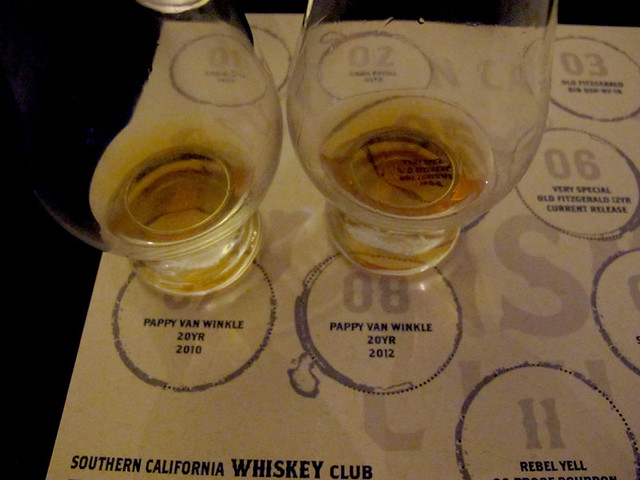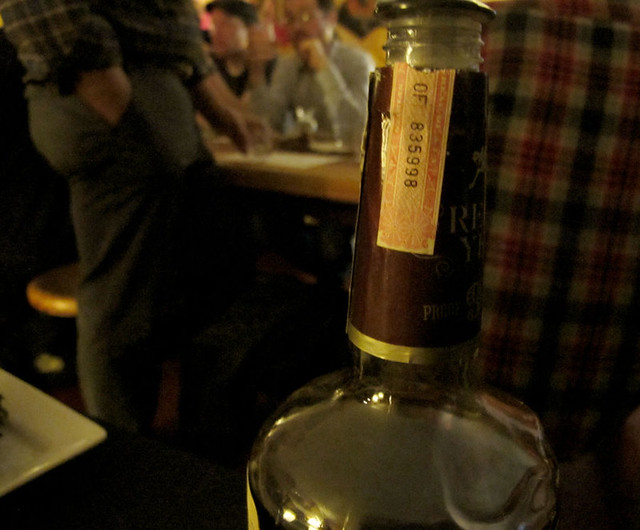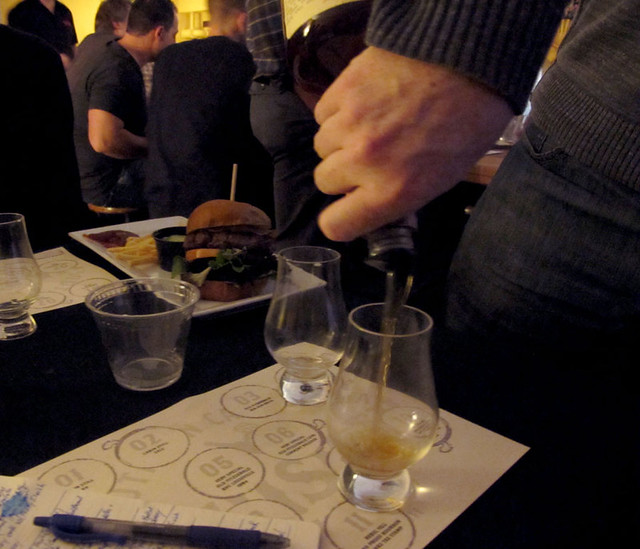Being from New England, I always looked forward to apple picking season. It meant the smell of hay and fallen apples rotting in the cool, crisp air, warm apple cider with clove studded oranges, and cider donuts at haunted hay rides.
Hard apple cider was the
first alcoholic beverage I enjoyed, and still enjoy. As my tastes have changed
I’ve discovered new ways of enjoying the flavors of apples. In the past I
wouldn’t have had apple cider vinegar in the pantry but now I’m fermenting my
own and have a preferred brand at the Hollywood Farmer’s Market. The cider I’m
fermenting? Made from apples I crushed in Yucaipa, CA last Los Angeles fall
(picking apples on a 78 degree day).
A Google search of apple
cider vinegar brings up a wide range of bold claims about the liquid’s cure-all
powers. From lowering your blood pressure, soothing dandruff, and as a kick start to weight loss, vinegar is seemingly the answer for a variety of ailments. It may
be a placebo effect but I feel better after drinking apple cider vinegar every
morning, which I’ve done for over a year. My increased consumption of it, along with my interest in home brewing and fermentation, is what prompted me to make my
own.
As the Desperate Bicycles
once wisely said, “It was easy, it was cheap. Go and do it.” Making apple cider
vinegar at home is easy and, if you don’t mind the fruit flies, a satisfying
intro to fermentation. To get started, you will need a mother.
A mother is the base of
vinegar. If you have made sourdough at home before, using a starter, you’re
familiar with the concept of a mother. A mother is a bacteria culture that
gives vinegar, sourdough, and fermented beverages like kombucha their sour
taste by converting ethanol into acetic acid. If you are lucky and live where
you can buy a mother from a farmer’s market or natural food store, great! If
not, you can grow your own. You need a bottle of raw, unfiltered apple cider
such as Braggs (make sure it already contains a small mother), and a bottle of
alcoholic cider. Gently mix the Braggs to distribute the mother and combine the
cider and vinegar in your glass jar. Cover with a clean kitchen towel for about
two weeks and bam! a mother. You could search Craigslist as there is always
something trying to give away or sell a vinegar mother. At least in Los
Angeles. Definitely near San Francisco.
The process takes about a total of four weeks from start to finish. Watching the
process is slow but magical. The cider goes from clear golden to a dark oxidized
murky brown before becoming golden and beautiful once again. The whole time a
pale, bubbly, skin-like mother forms on top, looking like something straight out
of a cheesy 80s horror movie. It is amazing.
Homemade Apple Cider Vinegar Recipe
This recipe starts off as a gallon and reduces due to evaporation.
Supplies
A large, wide mouth glass jar
(I used this one.)
Alcoholic apple cider
Kitchen/tea towel
String or a rubber band
Vinegar mother
Procedure
Clean the vessel well with soap and water.
Add alcoholic cider vigorously to aerate.
Add mother.
Cover with kitchen towel and secure around the neck with
twine or rubber band.
Put in a cool, dry place. Stir gently every day for the first week so mold doesn't form on top.
That’s all you have to do. Taste after three weeks see how it’s
progressing. Once you are satisfied with your vinegar transfer to bottles,
label with the date, and enjoy. After aging for four weeks the first batch had
sharp apple acidity, fresh fruit aromas, and was only slightly funky. You can
cook with it, drink in water, or make a shrub.
Homemade vinegar shouldn’t be used for preserving unless you measure the
acidity using specialized tools.









